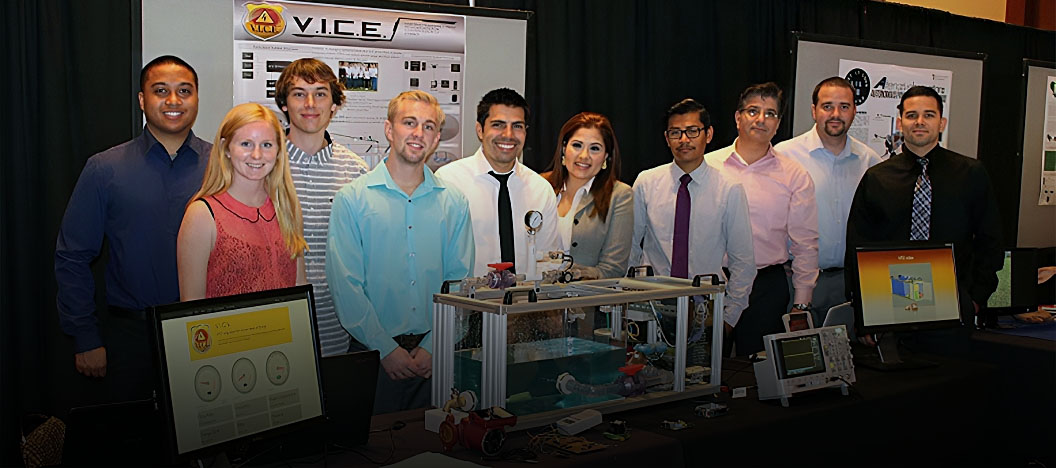Circuit Analysis Lab

In EE 210 students learn how to use the most basic of electrical engineering instruments including a digital multimeter, a DC power supply, a function generator, and an oscilloscope. As a comparison to the theoretical analysis and circuit simulation of circuits with resistors, capacitors and operational amplifiers, students are also introduced to the experimental side of circuit analysis. Students learn basic prototyping skills by implementing their experiments at the component level on a bread board for different circuits investigated throughout the semester. Initially students construct series and parallel resistive networks in which they learn about Kirchoff's current and voltage laws. Later in the semester, they build Resistor-Capacitor (RC) networks excited by time varying sources (e.g., pulses, square waves, sinusoidal signals), learn to calculate the appropriate time constants or steady-state responses of the network and investigate the circuit's filtering properties. Finally, they are introduced to their first integrated circuit in the form of an operational amplifier. They build an inverting amplifier and investigate the prevailing waveforms and their properties for several different signal inputs. In addition to physically implementing their experiments as previously detailed, students learn how to simulate their circuits via one of several circuit simulating pieces of software including Mentor Graphics, P-SPICE, and or MultiSim.

